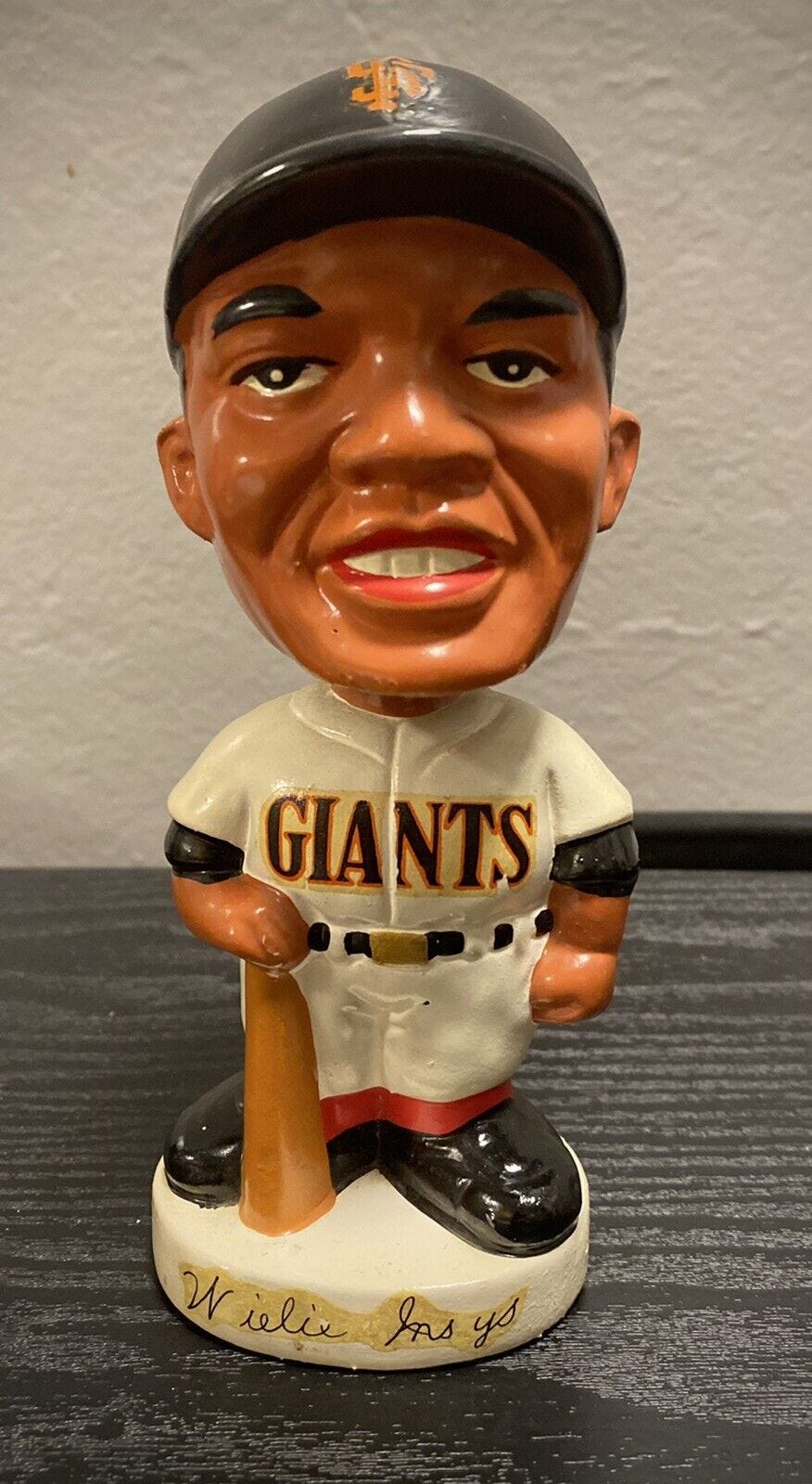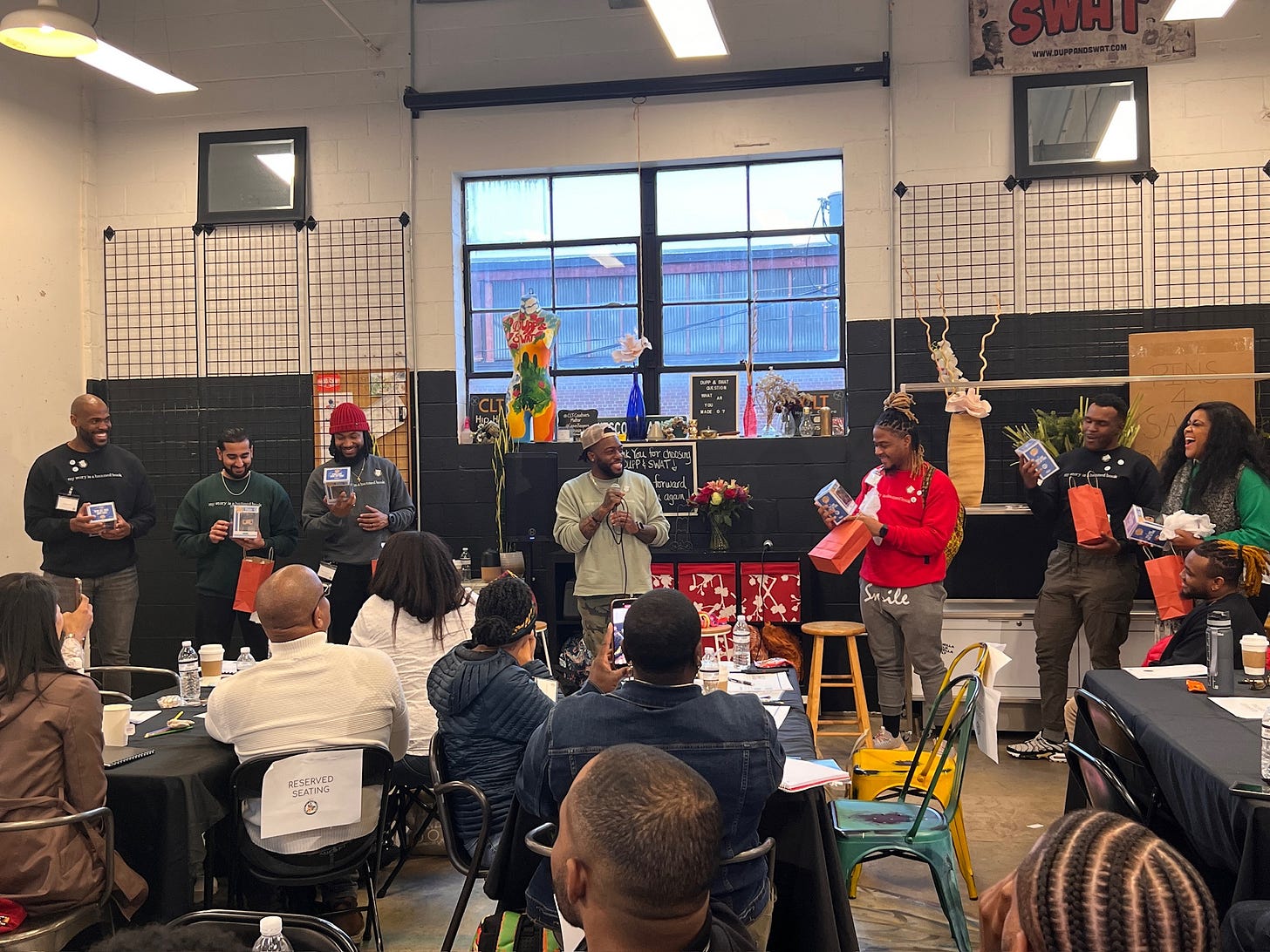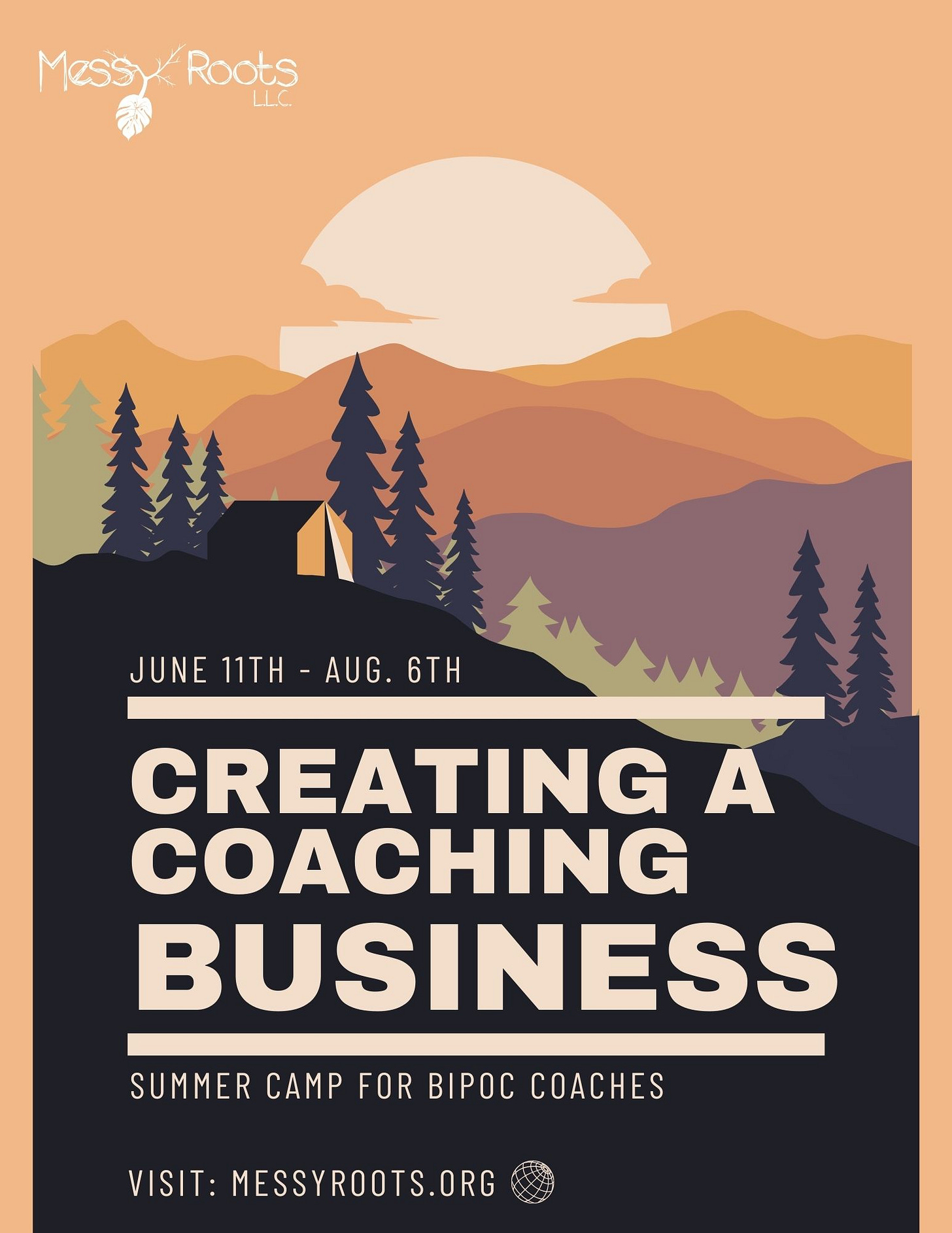During the 18th century, the first bobblehead emerged, crafted by the Chinese, then known as nodding-head figures. These figures, primarily composed of paper mache and ceramic, were delicate and easily breakable, resembling the modern bobbleheads we know today. Sporting oversized heads that nodded on a pendulum, they often commemorated special occasions and were intricately designed, like origami, serving as eye-catching desk adornments. The inaugural figurehead depicted Queen Charlotte, presented as a "gift" to England, though given England's history, such gifts are questionable. Centuries later, in 2010, this figure fetched over $35,000 at auction.
The first official bobblehead reached the United States in the 1960s, initially tied to sports—a tradition that persists. Baseball icons Willie Mays and Roberto Clemente were among the first immortalized in bobblehead form. In May 1999, the San Francisco Giants recreated the original bobblehead, distributing it to enthusiastic fans.
The bobblehead craze transcended sports, evolving into other genres and spawning Funko Pops, allowing enthusiasts to create their personalized bobbleheads. Personally, I've gifted bobbleheads to my team, showcasing my fondness for them. Their enduring popularity signifies their adaptability to changing times.
Similarly, coaching has undergone a transformation like bobbleheads. Originating in sports, coaching caught the attention of leaders who recognized its potential in refining performance, like perfecting a sport. Since the 1980s, leadership and executive coaching has burgeoned into a billion-dollar industry, continuously evolving with promising results and ample room for growth.
Messy Roots, like the Willie Mays of coaching, seeks to revolutionize an industry traditionally dominated by white men. Our coaching program aims to hit home runs, ushering in a new era of inclusivity and innovation. Just as people evolve, so should coaching practices.
As we embrace baseball season, envision the coach supporting their player at bat—an allegory for leadership coaching. Like a coach, we equip our coachees with the necessary tools for success, but they must take the swing, focusing on their goals. If they falter, we're there to offer guidance and encouragement until they hit that home run. This embodies the essence of coaching—the ultimate winning strategy.
I Love You For Free,
Mario Jovan






